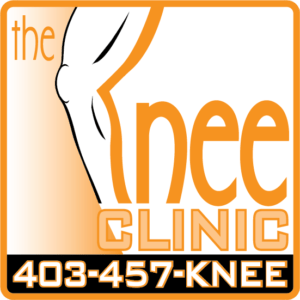Joint injections and musculoskeletal (MSK) injections are increasingly common in Calgary and indeed, across North America. At both Elite Sport Performance as well as our private Knee Clinic, we utilize various injections when clinically indicated. Joint and musculoskeletal injections can be done either blind or with the benefit of image guidance. Various studies purport that blind injections into a joint have an accuracy of somewhere around 63% to 75%, while image-guided joint injections enjoy an accuracy of between 95% and 99%. Unsurprisingly then, the popularity of image-guided joint injections is increasing. There are still some ‘old-school’ physicians who claim to be able to do a blind injection with a high degree of accuracy, but the statistics do not support this approach.
When performing an image guided injection, the practitioner has the option of using a diagnostic ultrasound or a much more expensive piece of equipment called a fluoroscope. A fluoroscope is effectively a live x-ray exposing the patient to a not-insignificant degree of radiation. Diagnostic ultrasound, on the other hand, is non-irradiating. With respect to fluoroscope-guided procedures, a small amount of dye is typically injected so that the physician can confirm that the needle placement is correct. This is in part necessary because the fluoroscope does not show in great detail the soft tissues in the area in question. Diagnostic ultrasound, on the other hand, does not require any dye injection and shows in considerable detail the soft tissues surrounding the target to the injective.
There is another less palatable reason for a doctor to use a fluoroscope for image guidance rather than a diagnostic ultrasound, and that is the ability to bill Alberta Health Services for a ‘surgical procedure’ for even the most basic injection. This billing code allows the physician to bill Alberta Health Services over $600 for simply turning on the fluoroscope when a much less expensive, less dangerous ultrasound option exists. Diagnostic ultrasound procedures are billed at a dramatically lower rate to Alberta Health and can also be utilized within a truly private clinic. Compounding the disparity between these two procedures is the timeliness with which they can be done. Image-guided joint injection by a physician using a fluoroscope currently is accompanied by a wait of weeks to months within the city of Calgary. The same image-guided joint injection using a diagnostic ultrasound can often be done within one or two days. This represents a significant cost-savings of time for a patient looking to have a procedure done sooner rather than later. This timeliness, along with the different ethical approach in billing Alberta Health Services so much money for a simple procedure, is why there is quite a difference in pricing for certain injections within the city.
Ultimately, it is the patient’s prerogative which route they choose to take, but consider asking the clinic which method of image guidance they use and ask yourself if costing the public system more than $600 extra really represents good value for you, your family, or your community. Paying a little bit extra to have the procedure done privately in a timely fashion, using a non-irradiating guidance such as diagnostic ultrasound, can allow you to feel better both physically and morally. For more information regarding this topic or to learn more about any of the injections that we offer within our clinic, please reach out at (403) 689-9889 or [email protected].

